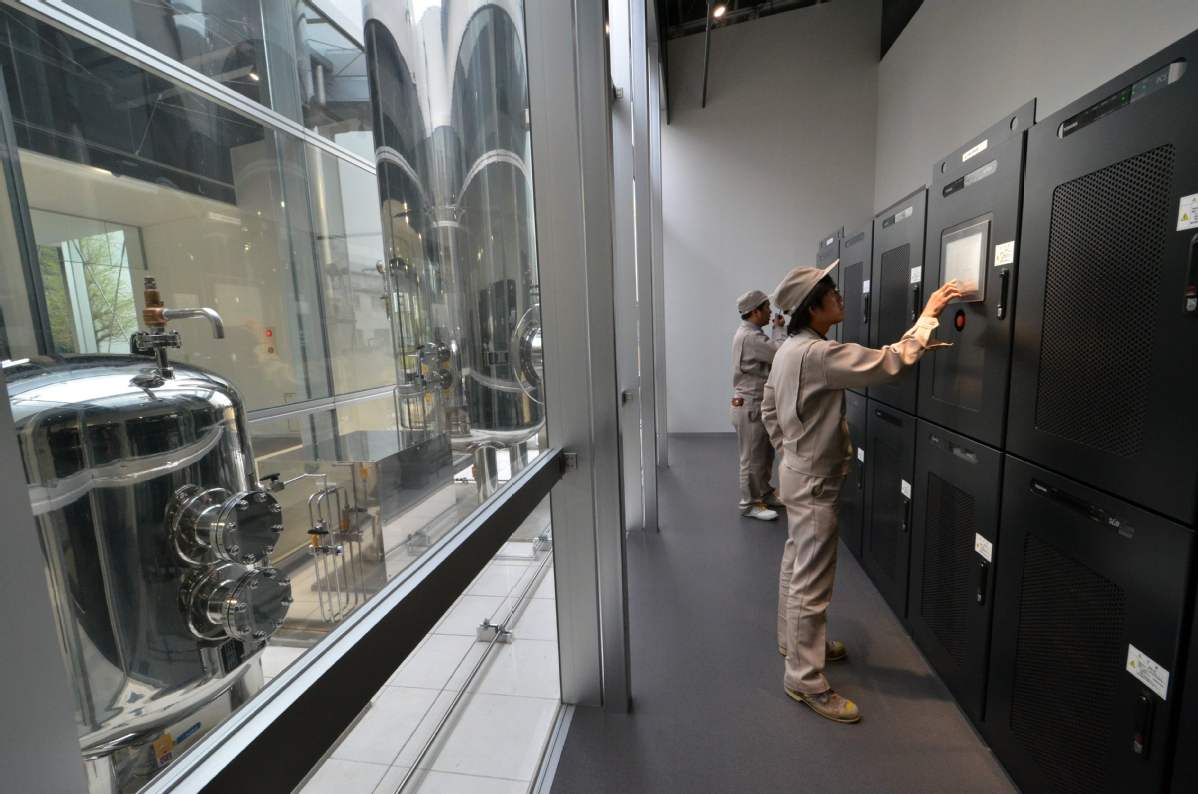Japan carbon-neutral vow fires up ammonia backers
China Daily | Updated: 2020-11-04 10:03

TOKYO-Japan's pledge to become carbon neutral by 2050 is offering hope to industry heavyweights pushing ammonia as the fuel of the future, but critics say the corrosive gas is still far from a clearcut clean energy.
Burning ammonia, unlike fossil fuels, does not emit planet-warming carbon dioxide, and is easier to transport than liquid hydrogen, also touted as a potential source of green fuel.
That has attracted the interest of a consortium of major Japanese firms keen to begin large-scale imports into the country, which has few fossil fuel reserves and limited nuclear capacity since the Fukushima disaster.
"Ammonia is the cheapest and most viable option" for Japan, said Shigeru Muraki, executive vice president and representative director of the Green Ammonia Consortium.
Formed last year, the consortium groups 70 major Japanese firms that hope to use ammonia first at coal-fired power stations and eventually at gas plants too.
The hunt for greener fuels has new urgency after Prime Minister Yoshihide Suga in October set a 2050 deadline for the world's third-largest economy-still heavily coal dependent-to reach carbon neutrality.
Muraki believes ammonia could generate a tenth of Japan's electricity needs before 2040.
But whether the gas can provide a silver bullet depends a lot on future technological innovations, not least because most currently available methods for producing ammonia themselves emit carbon dioxide.
Ammonia, composed of hydrogen and nitrogen, is already produced en masse from fossil fuels and exported worldwide to make fertilizer. It maintains a liquid state at around minus 33 C, meaning it is much simpler and cheaper to transport than liquid hydrogen at minus 253 C.
In eco terms, the holy grail is "green" ammonia, manufactured with chemical reactions involving water, air and sustainable electricity. It is 100 percent renewable and carbon-free, according to the Royal Society, an independent scientific organization.
Green hopes
Researchers hope green ammonia could one day power a low-carbon planet, but for now most ammonia is "gray"-extracted from natural gas or coal. This method emits on average around 2.4 tons of carbon dioxide for each ton of ammonia produced, according to the International Energy Agency-accounting for about 1 percent of global CO2 emissions today.
Comparing the emissions from producing gray ammonia to those from burning coal is complicated, experts say, but they agree that it won't be considered environmentally friendly unless produced renewably.
Work is underway to capture and store emissions from ammonia production, creating a halfway-house product dubbed "blue" ammonia.
Among concerns is that burning ammonia produces polluting nitrogen oxides, which modern coal-fired plants are built to capture, but would require adaptations at gas power stations.
Agencies via Xinhua
























